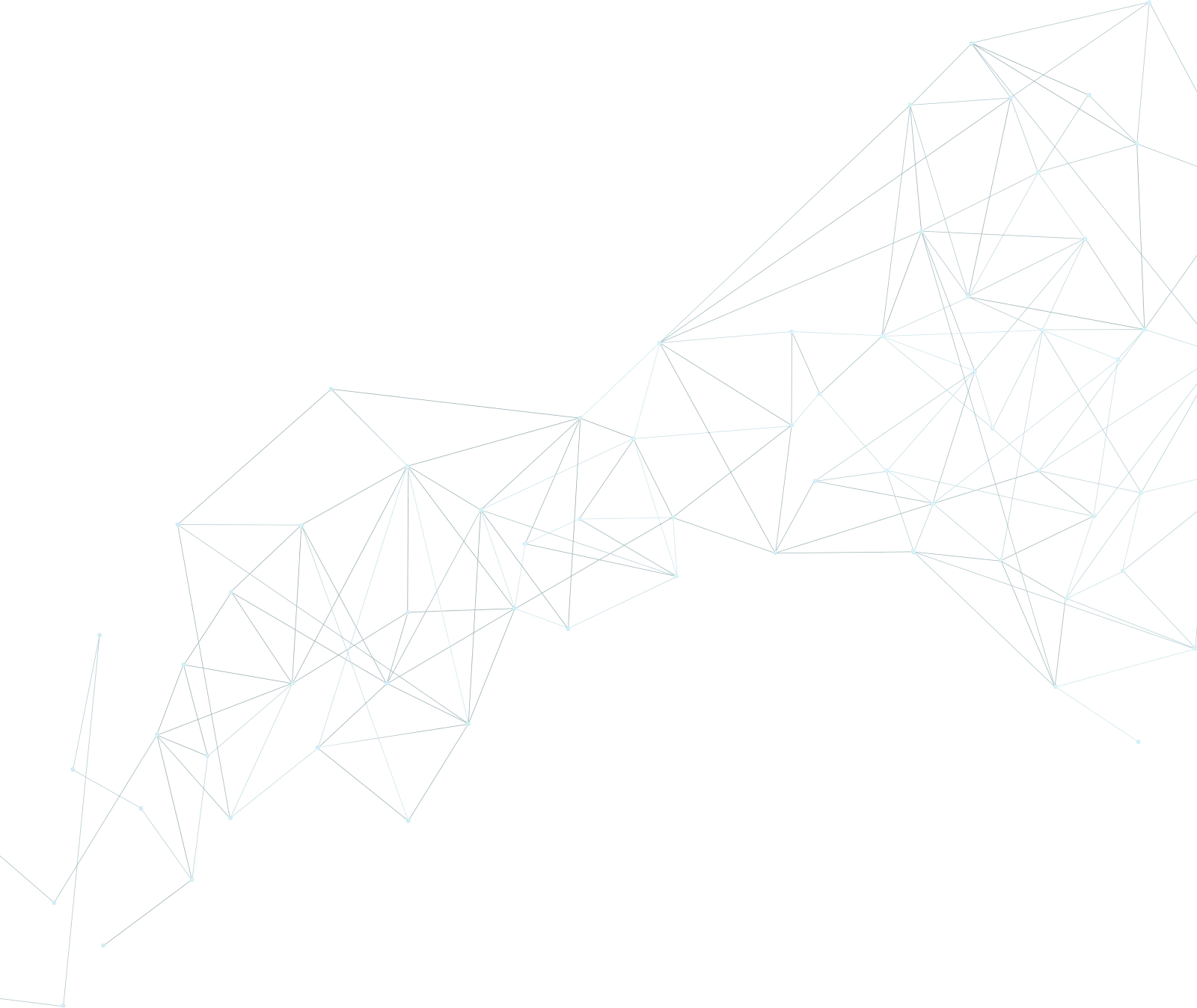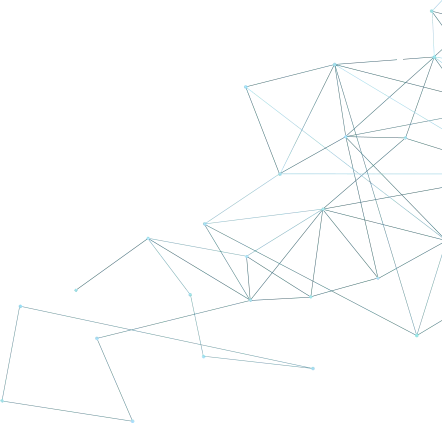
Enhance E-commerce Competitiveness with Advanced Proxy Price Monitoring Techniques
Mastering Price Monitoring in E-commerce with Proxies
In the dynamic landscape of e-commerce and retail, price monitoring has become an essential strategy for businesses looking to stay competitive. Utilizing a proxy for price monitoring allows us to anonymously gather data on competitors' pricing structures without revealing our identity or intentions. This method serves as a critical tool for maintaining a competitive edge in markets where pricing can fluctuate rapidly and unpredictably.
By leveraging proxy servers, we can efficiently track prices across different geographical locations, ensuring that our pricing strategies are appropriately adjusted to reflect regional variations and currency differences. Using proxies also helps us bypass any anti-scraping technologies that competitors may use, allowing us to collect the most accurate and up-to-date pricing information.
The information we gather through proxies empowers us to make informed decisions about our pricing models. It enables us to identify trends, anticipate market shifts, and react swiftly to changes in the competitive landscape. This practice not only aids in optimizing our profit margins but also ensures that our customers receive the best possible value, helping us cultivate and maintain customer loyalty.
Overview of Proxy Services
In this section, we explore the crucial role of proxy services in price monitoring. We will focus on identifying the types of proxies available and understanding how their features benefit businesses in tracking product prices.
Types of Proxies
- Residential Proxies: These proxies are linked to actual devices with unique IP addresses, providing high anonymity and minimizing the risk of detection by anti-scraping measures.
- Datacenter Proxies: Housed in data centers, these proxies offer swift response times and are generally more economical but may have a higher chance of being blocked, as they do not correspond to a real-world ISP.
- Mobile Proxies: With IP addresses assigned to mobile devices, these proxies are excellent for accessing localized content and are less prone to being blacklisted.
- Rotating Proxies: These proxies automatically change IP addresses, usually after every request or after a set time, which significantly reduces the likelihood of getting banned during price monitoring activities.
Benefits of Using Proxies for Price Monitoring
- Access to Accurate Data: Proxies allow us to bypass geo-restrictions and IP-based blocking to gather price data from various markets, ensuring accuracy and comprehensiveness in our analysis.
- Anonymity and Security: By using proxies, we ensure that our price scraping activities remain anonymous, protecting our business intelligence operations from being detected and countered.
Price Monitoring Strategies
In this section, we discuss effective strategies for monitoring prices using proxies. We focus on setting up proxies for data scraping, techniques to avoid detection and bans, and the best data extraction methods.
Setting up Proxies for Data Scraping
For successful data scraping, it's crucial to set up proxies that can rotate IP addresses, ensuring continuous access to target websites. We typically use Residential Proxies which are harder to detect because they appear as real user connections. Here's a quick guide:
- Residential Proxies: Use a pool of residential IPs to mimic genuine user behavior.
- Rotating Proxies: Change IP addresses periodically to prevent blacklisting.
Avoiding Detection and Bans
Staying undetected is paramount. To avoid detection and bans, follow these steps:
- Rate Limiting: Set a threshold for the number of requests per minute to mimic human browsing speed.
- Headers Management: Ensure that HTTP headers are correctly formatted with each request to avoid raising flags.
Data Extraction Techniques
Once access is secured, extracting accurate and usable data is the next step. Our techniques include:
- HTML Parsing: We use libraries such as BeautifulSoup or lxml to parse HTML and extract the relevant pricing information.
- APIs: Whenever possible, we access the website's API, which is a more stable method for data extraction.
Challenges and Solutions
In tackling barriers related to price monitoring, we understand that each challenge demands a specific set of strategies. We'll explore the nuances of evading bans, ensuring data integrity, and maintaining proxy efficacy.
IP Blocks and Rate Limiting
IP blocks occur when a retail site detects and bans proxies, recognizing them as non-individual users. Rate limiting is imposed when we exceed a site's allowable request threshold. To circumvent these issues:
- Use rotating proxies: Assign different IP addresses for each request to prevent detection.
- Implement intelligent request throttling: Space out our requests to avoid tripping rate limits.
Data Accuracy and Reliability
Data integrity is crucial for precise price monitoring. Poor data can lead to misguided decisions. To guarantee data accuracy and reliability:
- Validate Data: Use algorithms to verify the accuracy of the data collected.
- Regular Audits: Conduct periodic checks on the data to ensure its validity over time.
Proxy Management Best Practices
Effective proxy management ensures we maximize our resources while maintaining the anonymity of our proxy network. Here are our best practices:
- Proxy Rotation: Continuously rotate proxies to reduce the risk of ban detection.
- Diverse Proxy Pools: Utilize a mix of proxy types and geolocations for broader access and minimized blockage risks.

Buy Proxy, SOCKS5 & ShadowSocks Now
Buy Proxy now HTTP Proxies or SOCKS5, Dedicated or Shared, Residential or Datacenter. Fully Anonymous and Premium.
Buy ProxyOur Services
We offer a variety of static and dynamic IP solutions designed for legitimate business and technical use, with global coverage tailored to your project requirements.
We answer your questions
Got questions? We've got answers! Dive into our frequently asked questions below.
A proxy serves as an intermediary between a user and the internet, allowing users to mask their IP address and location. This is useful in price monitoring to access pricing information from different geographical markets without being detected or blocked by websites.
While free proxies are available, they are generally not recommended for price monitoring due to their instability, slow speeds, higher likelihood of being blocked, and potential security risks. Paid or dedicated proxies are more reliable for business use.
For price monitoring, residential and rotating proxies are often recommended because they appear as real user connections and are less likely to be blocked by target websites compared to datacenter proxies.
Residential proxies provide IP addresses that are linked to actual residential addresses, making them less likely to be detected and blocked by websites. This increases the reliability of your price monitoring efforts and helps collect accurate data without triggering anti-scraping measures.
A higher proxy speed ensures quick data retrieval, which is essential for monitoring prices that can change frequently. Fast proxies reduce the chance of timeouts and errors, leading to more efficient and effective price monitoring operations.











